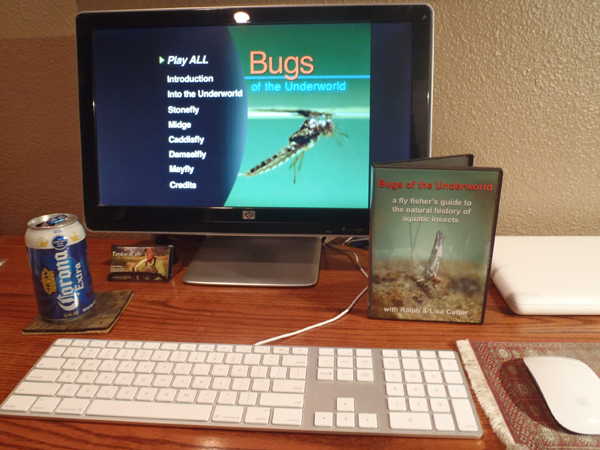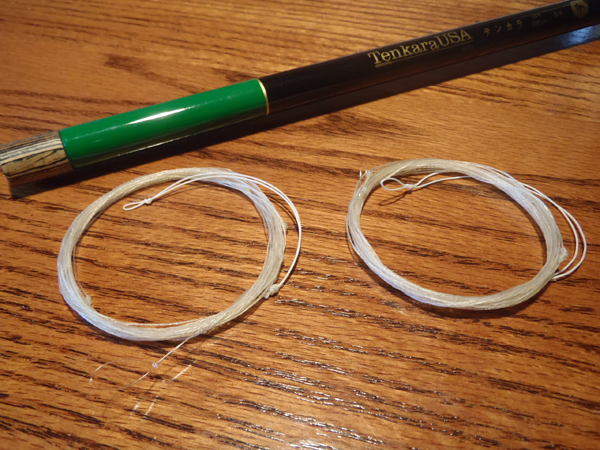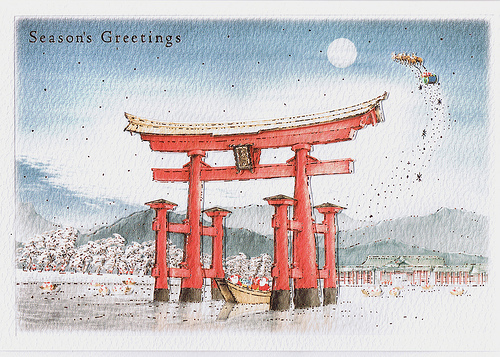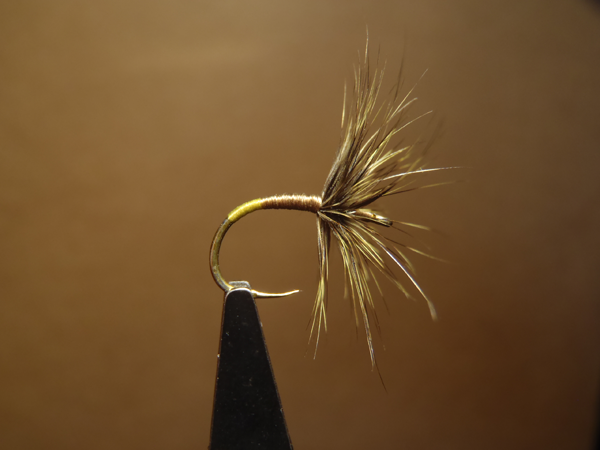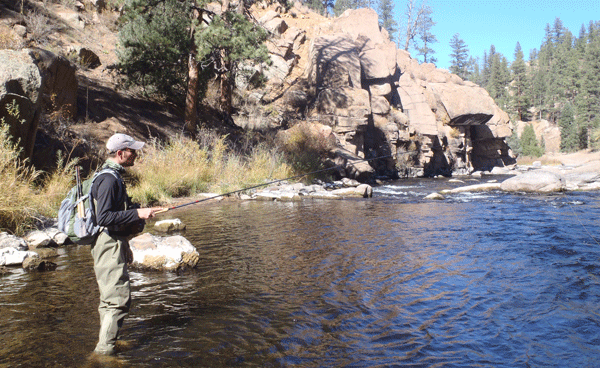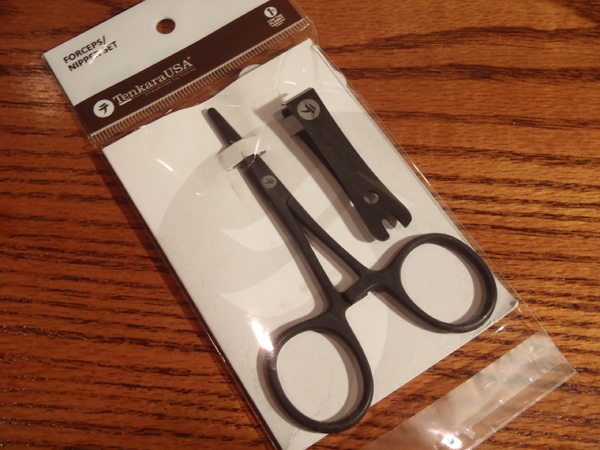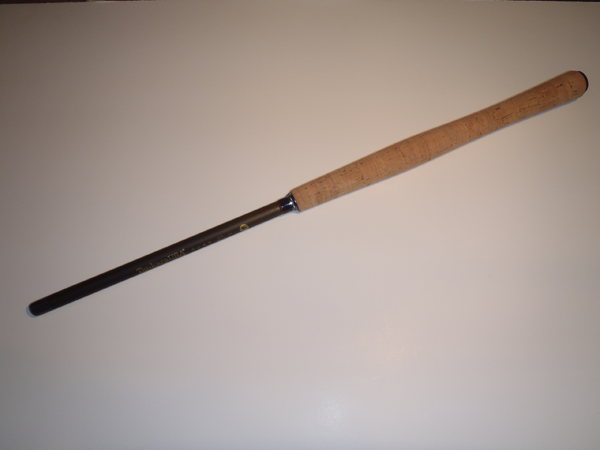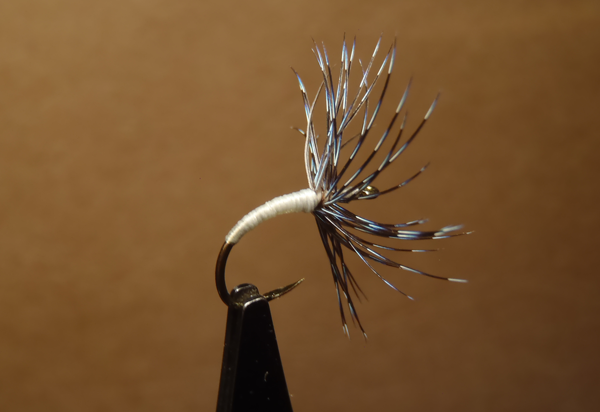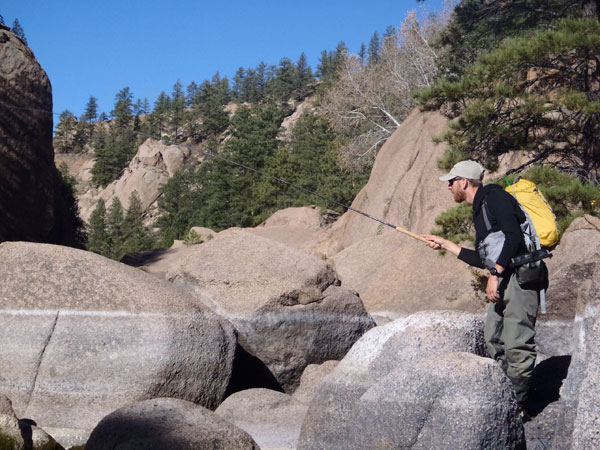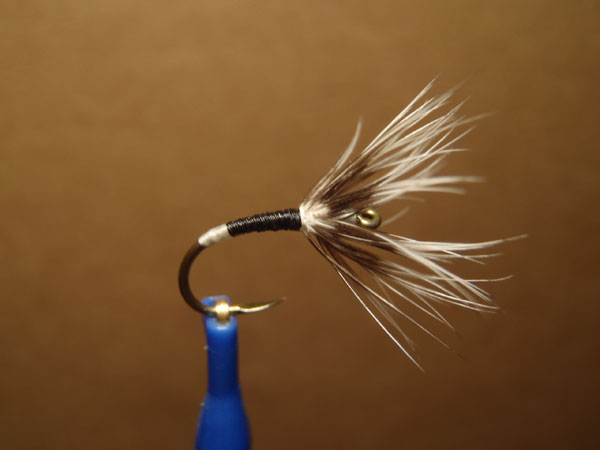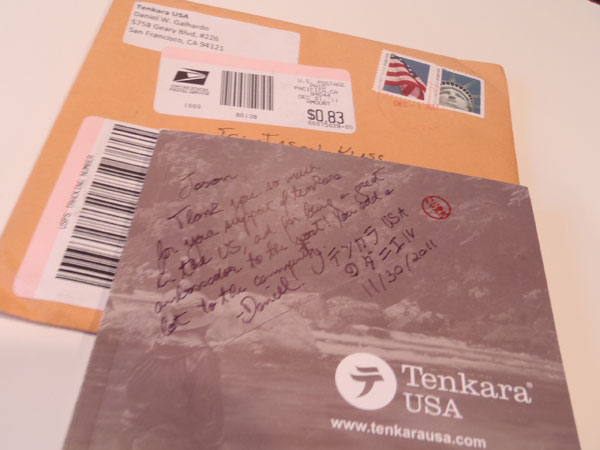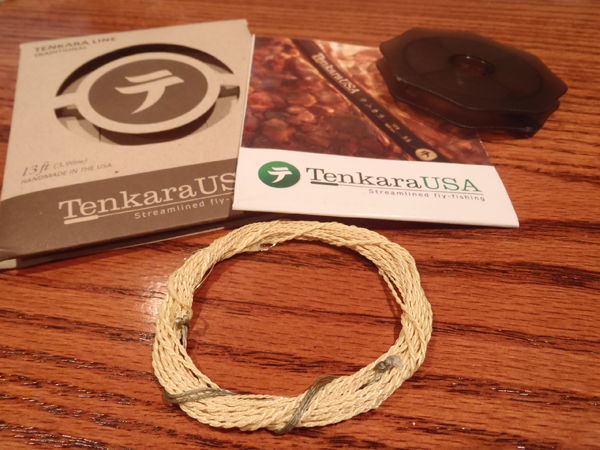Jason is an avid fly angler and backpacker. As a former fly fishing guide originally from Western New York, he moved to Colorado and became an early adopter of tenkara which perfectly suited the small, high altitude streams and lakes there. He has not fished a Western-style fly rod for trout since.
I just finished watching the Bugs of the Underworld DVD from the California School of Fly Fishing. The video was filmed by award winning videographers Ralph and Lisa Cutter over the course of 11 years in 3 different countries and shows the complete life cycles of mayflies, stoneflies, caddis, and other aquatic insects of…
For Christmas, my lovely wife got me a horse hair tenkara line kit from Tenkara Bum. I’ve always wanted to try to make my own horse hair line and since I have this whole week off for the holidays, I immediately started furling away. The results were very interesting. So far, I’ve made two lines.…
I am taking the day off from blogging to spend time with my family but just wanted to wish everyone a happy holiday season and hope you get some tenkara under the tree!
[/caption] Every fly tier has their favorite hooks for certain patterns and I’m no exception. I’ve tried a lot of different hooks for sakasa kebari and wanted to tell you about my favorite ones and why I like them so much. My favorite hook for sakasa kebari is the TMC 2499SPBL. Almost all of my…
In this video, we can see Tenkara no Oni give a very cear demonstration of a traditional tenkara casting style and presentation. Here is a play-by-play breakdown of what you can observe in the video…
[/caption] It was a beautiful bluebird day this fall on the South Platte when the revelation hit me like a miscast 4/0 Clouser to the forehead: I have never really tenkara fished! Now, before you use my own words against me and bring up the impotence of labels, let me explain. I was fishing with Daniel…
Nothing big to write about today–just a few glimpses of what’s going on at Tenkara Talk headquarters… Tenkara USA Hemostats and Nippers I recently got a chance to try out the Tenkara USA Hemostat and Line Nipper combo. At first glance, they don’t seem remarkable. They look just like any forceps and line…
I just got my Tenkara USA Yamame and wanted to share my initial impressions. Keep in mind, I haven’t fished with this rod yet but I’ve cast it and gone over every detail of its workmanship. I will have more info. after I’ve had it on the water but from what I can tell so…
In the last few years, there’s been a lof of buzz around fishing blue-colored flies. A while ago, I tried to incorporate blue into a tenkara pattern I called the Ninja’s Victim. The blue wire body and starling hackle seemed to work well but I’m always looking for new ways to use unique materials…
I’ve seen this question come up in social media again and again (with some pretty heated debates). I’m not sure why people seem to focus so heavily on labeling tenkara as “fly fishing” or not. After all, we don’t obsess about the many, more incorrect labels and misnomers we use in our in our…
Here’s an excellent mini-documentary on tenkara starring the Tenkara Guides. I think it captures the essence of tenkara very well. There is a full length documentary in the works that is being produced by Brian Flemming of Learn Tenkara that is slated to be released in about a year in which yours truly will briefly…
In my ongoing experiments with hackle and materials for sakasa kebari, I’ve found an unlikely source for hackle that looks promising: jungle cock. When most tiers think of the prized jungle cock, they think of the gorgeous yellow and black “nails” or “spears” often used for the cheeks of classic salmon fly patterns, streamers,…
Today, I got the first ever TenkaraUSA print catalog in the mail. Daniel was kind enough to not only autograph it for me, but also write a nice message. This is a truly special item and as soon as I opened it, it reminded me of something I’ve been thinking about for quite some…
Here’s a quick video showing how the new Kevlar furled lines from Tenkara USA don’t tangle after being snagged like the traditional monofilament furled lines did.


